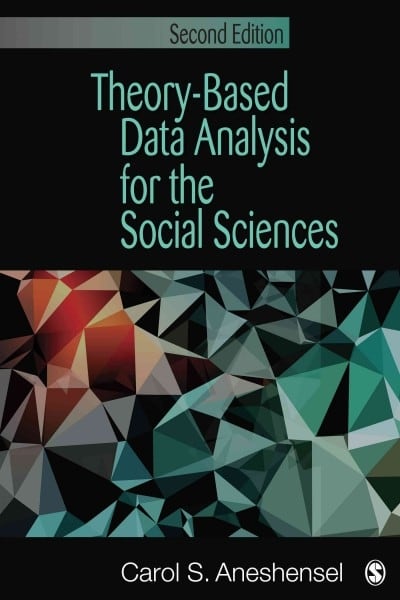Question
Below are a set of 10 statements made by parties in Title VII litigation concerning disparate impact discrimination. The statements come from ten separate cases;
Below are a set of 10 statements made by parties in Title VII litigation concerning disparate impact discrimination. The statements come from ten separate cases; none of the statements relate to any other case. Five of the statements were made on the plaintiff side, and five on the defendant side.
Each statement involves test validity. However, the statement may not accurately embody the appropriate psychological or legal principles.
Your job is to indicate for each statement whether the argument supports the conclusion in the context of litigation.(Academics and judges have their opinions on issues; in the litigation context, it's the judges' opinions that count.)For example, the first statement on the defendant side concludes, "We don't need to do validation study in this situation." Do you agree or disagree with the speaker's conclusion? State WHY you agree or disagree, giving the applicable technical and legal reasons.
NOTE: Where the statement indicates that there is statistical significance, take this as fact; there is no dispute over statistical significance in any of these situations.
- Defendant: We're running a test of reading comprehension and basic math for an entry-level job. These are cognitive ability tests. There are years of research to support validity generalization. We don't need to do validation study in this situation.
- Plaintiff: We've seen your validity evidence. You have a criterion validation study indicating a statistically significant correlation between test and job performance. But it's only 0.27. That's too small to defend a test.
- Defendant: Two years ago we ran an elaborate multi-stage selection process for a small applicant pool.It's for an important job, and we've had issues with adverse impact in the past. It was very expensive. Based on what we did for selection prior to that, there seems to have been little if any gain in validity or reduction in adverse impact. We're justified in using a simpler selection procedure this time, even if the plaintiff says we must try the expensive approach in hope of the lowest possible adverse impact.
- Plaintiff: You show that your test is highly correlated with job performance.But you have not demonstrated that your business would suffer serious harm if you abolished the test. Your test is indefensible.
- Defendant: It's true that the plaintiffs have demonstrated statistically significant adverse impact. However, they failed to mention that application of the Four Fifths Rule shows that the ratio of the selection rates for the two groups in question is 0.87, comfortably above the 0.80 threshold. There's no practical significance for their adverse impact calculations.The suit should be dismissed for not establishing adverse impact.
- Plaintiff: Your multiple-choice test has undisputed adverse impact. We acknowledge that your test has some validity and serves a business purpose. However, you could have used another selection procedure and there are plenty of alternatives: interviews, biodata, job tryout, and assessment centers, to name a few. You did not.You lose.
- Defendant: We needed a test for entry-level widget-makers. We identified a test publisher that has a test for entry-level jobs with reported criterion-strategy validities between 0.33 and 0.42 across several validation studies. All are statistically significant. This satisfies UGESP requirements for our using the test.
- Plaintiff: We've seen defendant's correlation between test and job performance. The correlation is substantial and statistically significant. But the statistical significance test was calculated on a statistically corrected correlation. Nothing is reported on the raw correlation. This is bad procedure and gives no evidence of validity for this case.
- Defendant: We used an arithmetic ability test for an entry-level job. This test has been an instrument featured in several articles published in peer-reviewed psych journals. The research shows that this test has high positive correlations with tests of related constructs such as numerical reasoning.It also has low or negative correlations with such constructs as conscientiousness and upper-body strength.This is exactly the pattern of correlations we would expect if the test were accurately measuring the construct of arithmetic ability. This shows that the test has construct validity. Thus it is job-related and satisfies Title VII as a defense for adverse impact.
- Plaintiff: This test is allegedly backed by content validity, but the validation study is flawed. Defendant's I/O psychologist identified over 100 KSAs. With the help of SMEs, the KSAs were grouped into ten clusters so that KSAs were conceptually related within each cluster. Another group of SMEs then rated the clusters for importance to successful job performance. We have no complaint about the SMEs or the importance rating scale; we don't like the rating process. By rating clusters there is no indication regarding what KSAs within cluster influenced the importance rating, and whether those influential KSAs were actually represented in the test. Content validity was not demonstrated.
Step by Step Solution
There are 3 Steps involved in it
Step: 1

Get Instant Access to Expert-Tailored Solutions
See step-by-step solutions with expert insights and AI powered tools for academic success
Step: 2

Step: 3

Ace Your Homework with AI
Get the answers you need in no time with our AI-driven, step-by-step assistance
Get Started


